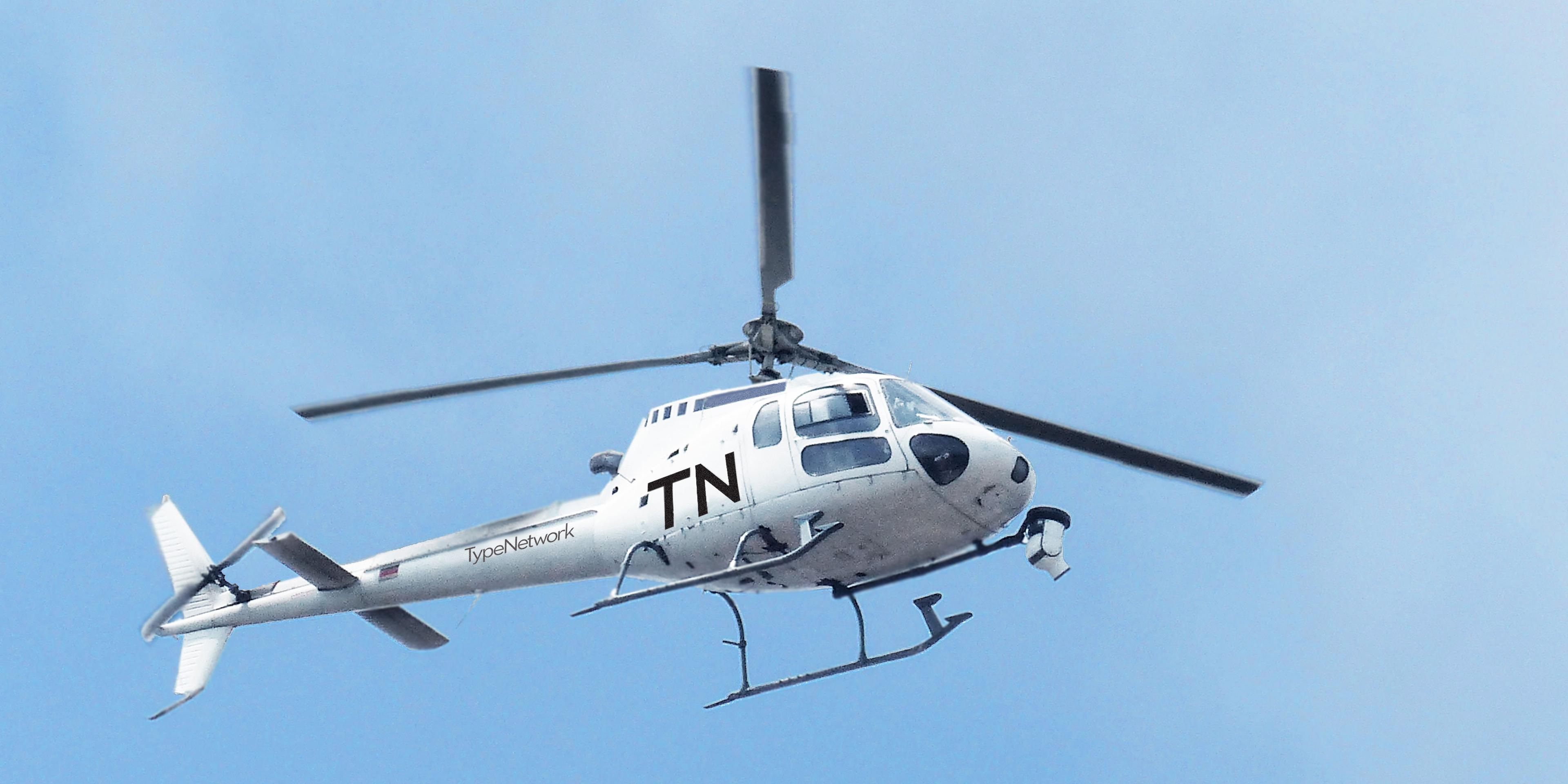Seems like every other email these days is from a company explaining how they are dealing with the coronavirus crisis, how compassionate they are, how it’s all about their customers/suppliers/investors/whatever, so, excuse me for this one. Type designers and the designers who use type are as stressed out as anyone. And in these long days in your “home office” we have to give some thought to what’s next.
The fact is that we were at a turning point in type before all of this started. Of course our industry seems to be always accelerating through change. In my lifetime, we’ve gone from metal type to phototype to digital to desktop to the web. Lettering workers of all kinds, from sign painters to invitation engravers, have all moved to OTF. And the cloud is taking over distribution of fonts.
That last change was driving apprehension among type designers before the pandemic kicked everything sideways. All the end users were getting their fonts for free (Google) or apparently free (Adobe), and while there was income from the giants, the independent foundries saw their retail revenue shrinking.
Talking to designers who work with Type Network, there was a clear shift in emphasis from the type “boutiques” that started in the 90s—designers who knew their customers, making original families—toward more “enterprise” sales, that is fonts for companies. And custom. Every designer in our network has gotten a commission for
original typefaces,
adaptations, or expansions (new weights to fill in gaps in a family, or new
language support, like Cyrillic).
Will this trend continue? Or will more and more graphic designers just grab what’s available—and free? That price is hard to argue with during a sharp economic downturn. But there are some interesting cultural changes going along with the social upheaval. As people are separated by “social distancing”, there is a palpable need for contact. Everyone has jumped on video meet-ups. As people all over the world start cooking at home again, plant vegetables, and sew masks for each other, they’re attitudes are changing. The products they wanted just three months ago seem out of place. Too slick and corporate. They’re looking for something with a bit more hand, a bit more craft.
I’ve been thinking that it’s time for a revival of Arts & Crafts, and Type Network designers says it’s now happening (hello,
David Jonathan Ross!), plus a move away from slick, mechanical, perfect, digital fonts towards calligraphy and calligraphic type designs... something that is obviously handmade (a shout-out to
Richard Lipton!).
This movement is happening with users of type, too. Designers at large companies are turning away from the
look-alike branding of recent years. “Like the unofficial 1970s typographic revolution against the sameness created by Helvetica in the 1960s, I really hope the 2020s are a typographic revolution against the sameness created by the hundreds of sans serifs logos of the 2010s that all looked the same.” says Armin Vit of
Under Consideration. The next round of brand type will branch out. We’ll see the graphic designers look for original typefaces that can’t be found everywhere. Something that fits the brand, not the trend.
With so many good fonts at Adobe (including many from Type Network’s foundries) and even at Google Fonts, there are going to be calls for “something different”. That often means something new or something not yet published.
And that leads to
custom type.
What’s the breakeven for the license cost of an original font or family? The big companies (like IBM, the
Tate, and the
Washington Post) have figured out that if they can get permanent rights to a design, they’re going to save money in the long run.
Now, with the type tools making design faster and easier, the breakeven point is going to put custom fonts into the hands of much smaller enterprises. And they can get a brand type that’s their own.
--Roger Black
Chair and type consultant, Type Network
